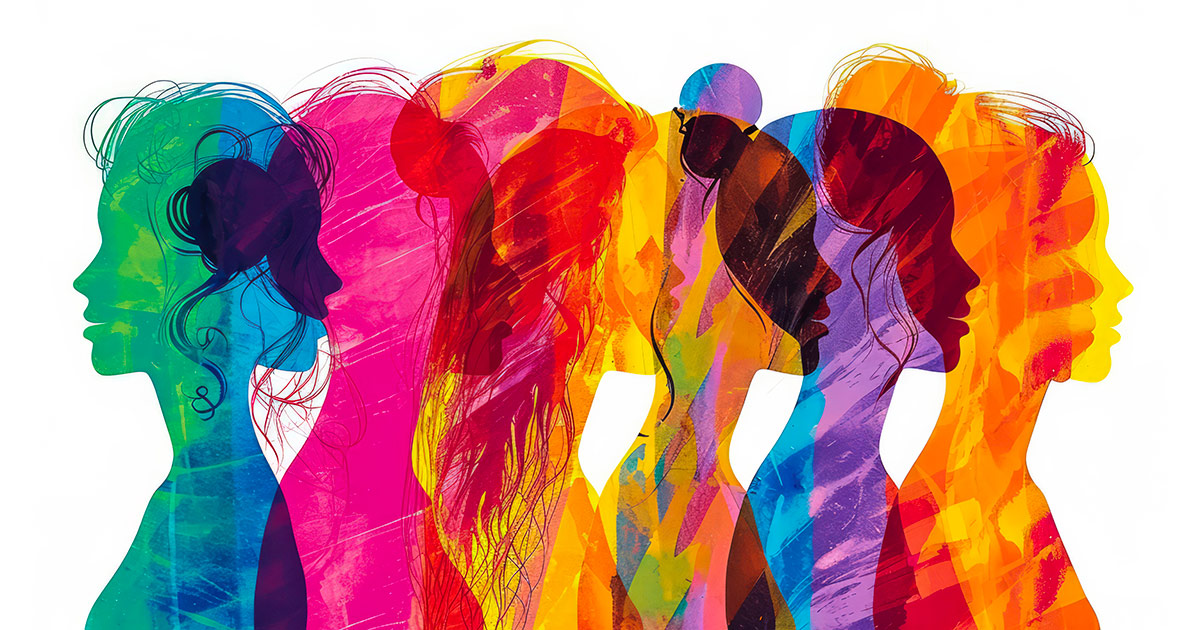Between games and roles: how do gender stereotypes arise?

During childhood, how many times did we hear phrases like "you have to be strong, boys don't cry!" or “be nice, women don't get angry”. The deep roots of the various forms of differences, inequality and discrimination, as well as violence against women, gender and sexual minorities can be traced back to the still widespread gender stereotypes. But when and how are these stereotypes formed?According to the literature in the field of cognitive social psychology, gender stereotypes appear very early; boys and girls learn through observation and imitation what in a given culture represents a conventional model of behavior, attitude, role (therefore from a binary perspective). Even before 30 months of life, the first gender models are acquired and linked, for example, to the different types of play, or the type of clothing that are typically associated with the male and female gender. This learning continues during development up to approximately 7 years of age, and then manifests itself mainly in implicit, more subtle forms.Learning gender norms and the consequent internalization of gender stereotypes has long-term impacts on educational and work aspirations, opportunities and overall psychosocial well-being. Considering that during primary school, a decrease in rigidity in gender categorization is observed in favor of an increase in cognitive flexibility, also in relation to conformity to gender stereotypes, the role played by the socialization context appears important, especially in certain age groups. For example, some studies have found a strong link between parents' attitudes (especially implicit) and stereotypical representations of sons and daughters. But how are these stereotypes fueled?
In reality we are constantly immersed in a world that is characterized ever since one’s first moments by stereotypes: from prevailing colors (pink or blue), to toys (toy cars or dolls), to characters that inspire us (superheroes or princesses). However, it is not only these explicit elements that shape these differences. Sometimes even unconsciously, there may be nuances of verbal and non-verbal language, looks or reactions of approval or disapproval, to actions or behaviors that do not adhere to shared norms. In this way we make it clear what we, and the culture we are part of, accept most, and what is expected, for example that males are strong and that females are sensitive.As for media communication, some studies conducted in the Italian context have analyzed how communication aimed at boys and girls change, highlighting differences not only in the type of material proposed (doll or toy car), but also in contexts (in or outside one’s home), in how fast communication itself is, and other elements associated with a difference linked to the content of stereotypes which describes males as more linked to the sphere of competence and action, while females more linked to the sphere of warmth. Even in classic children's stories, the representation of women follows stereotypes that promote submission and lack of self-determination, with them often passively waiting for a Prince Charming. The female models presented in primary school textbooks often reflect the figure of the obedient daughter, the naive and unfortunate woman, or sometimes the rebel considered a counter-stereotypical exception. Both girls and boys are therefore implicitly induced to conform to traditional gender roles, preparing the former for the future role of care, and the latter for acting in the outside world. In addition to this, many materials designed for girls convey strong sexualizing messages, placing great emphasis on physical appearance.
In summary, the formation of gender stereotypes is a complex phenomenon. But what influence does adherence (or lack thereof) to these gender roles have on development? To answer this question it is useful to introduce the concept of gender typicality, which can be defined as the adherence to gender stereotypes regarding attitudes, interests, preferences and behaviors. As previously said, there are quite rigid expectations about what is considered typically masculine or feminine, and these norms can create a sense of pressure to conform. This pressure derives not only from the family context or from society in a broader sense, but also from the peer group and the norms they share during the transition from childhood to adolescence.
Numerous studies have highlighted that adolescents with less gender typicality perceive greater pressure to conform and more frequently manifest feelings of isolation, anxiousness, depressive symptoms and low self-esteem. Additionally, individuals who do not fit gender stereotypes experience greater difficulty finding a sense of belonging and connection with their peers. They are also more likely to be targets of bullying or discrimination, experiences that can further damage their emotional and social well-being. Furthermore, gender minorities (e.g. transgender people) and sexual minorities (e.g. bisexual people) experience chronic stress that significantly compromises their overall health status. Some research, which involved interviews with groups of adolescents, has highlighted how both boys and girls feel the pressure to adapt to gender norms, and that it is mostly males who perceive their rigidity. Furthermore, the interviews highlight the challenges and difficulties that boys and girls face in negotiating social expectations and in finding a balance between the desire to be authentic and the pressure to conform to stereotyped gender roles rewarded by society in terms of acceptance. However, despite the difficulties, a greater sense of happiness and satisfaction emerges from the interviews when one manages to live in line with one's authentic sexual identity (a multidimensional construct that indicates a completely subjective and personal way of one's sexual being that is built over time, through a long and complex and unpredictable interweaving of biological, psychological, sociocultural and educational aspects), even if this means going against dominant social expectations. Understanding these processes is essential to promote well-being and a more equitable and inclusive environment for future generations outside of rigid crystallizations.









